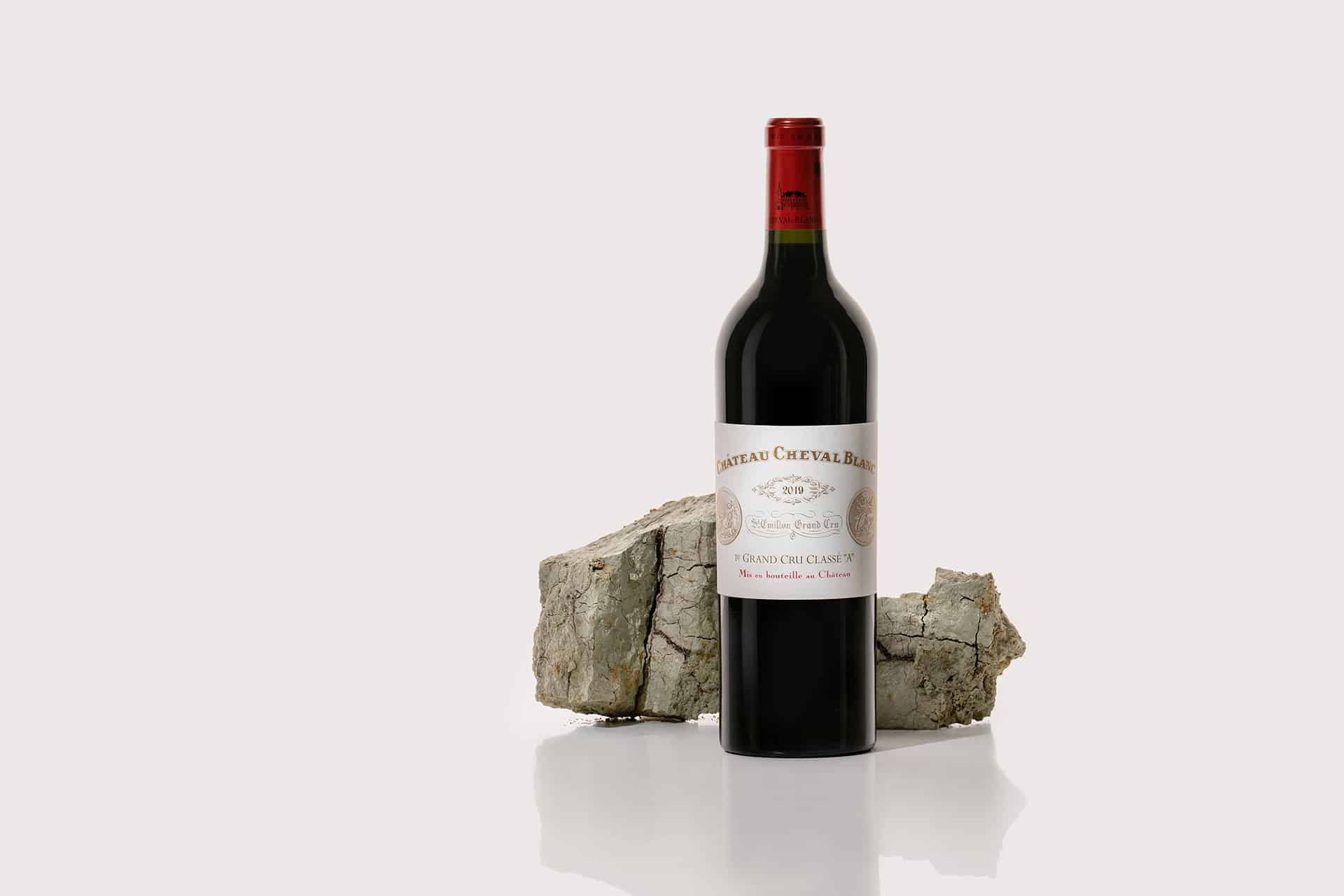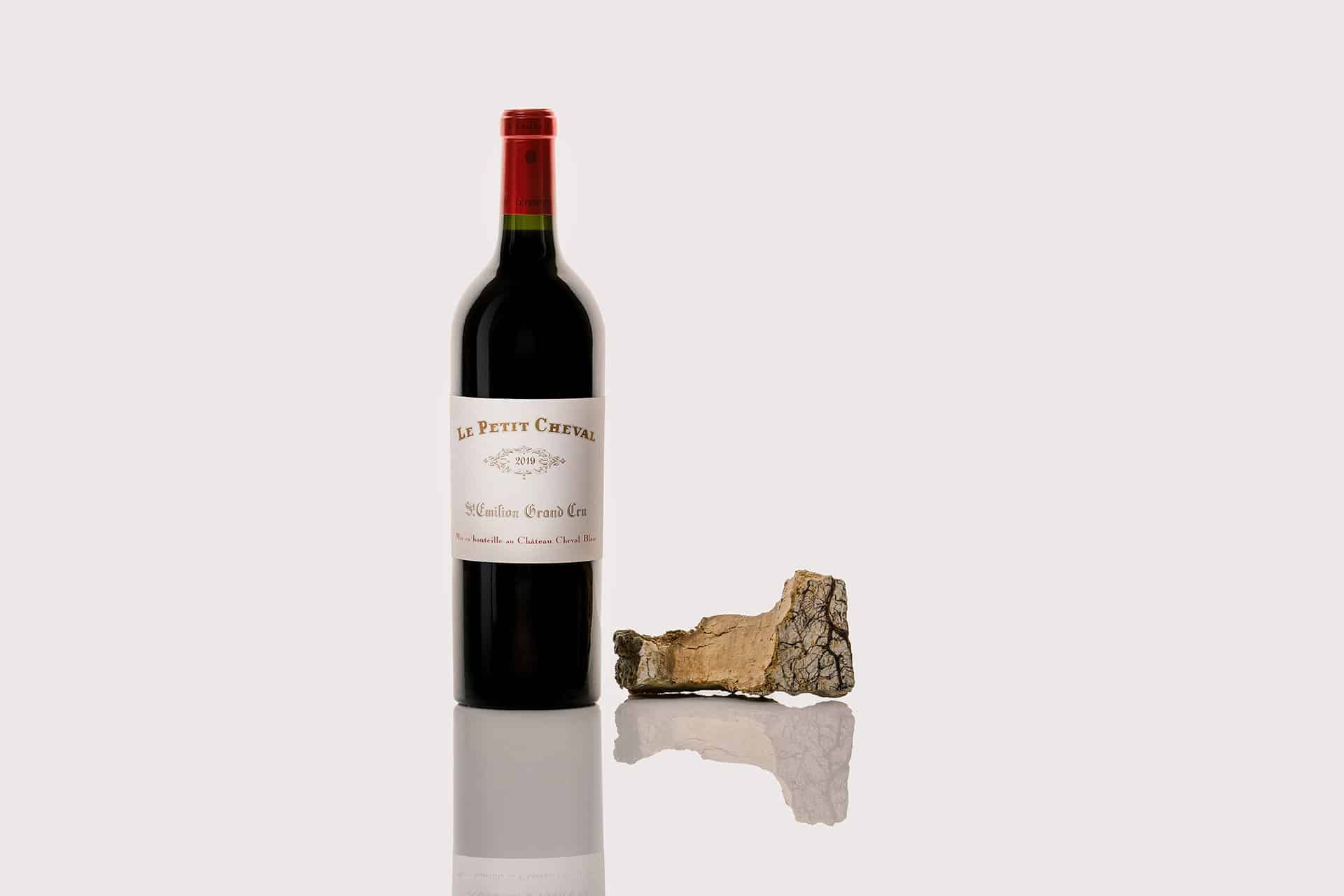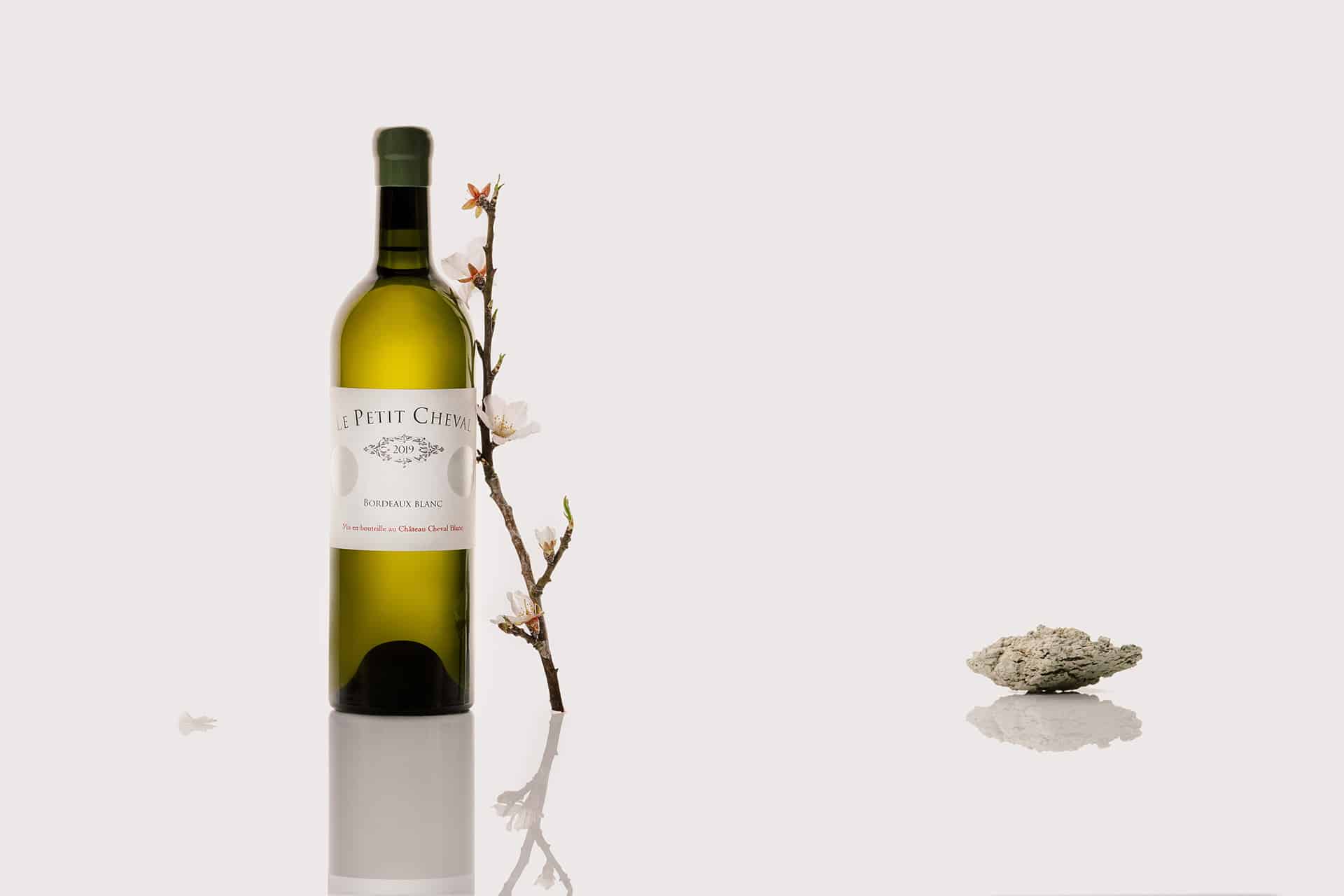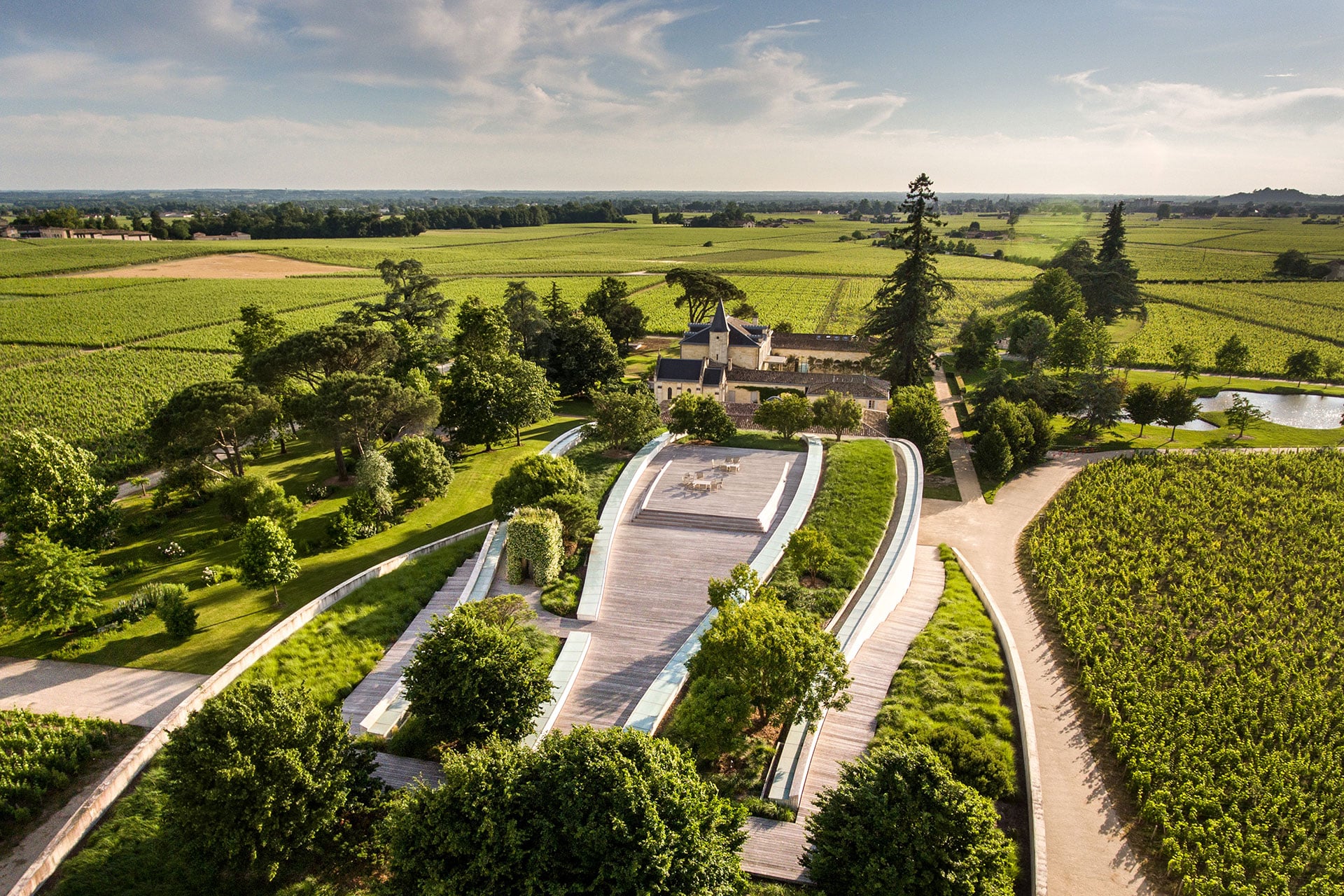Le Petit Cheval — white wine
Discover vintagesThe story of Petit Cheval blanc began in 2006 when Château Cheval Blanc acquired Château La Tour du Pin, a cru classé of around eight hectares. The two properties are separated only by the road leading from Saint-Emilion to Pomerol.
The vines of La Tour du Pin were integrated into the Château Cheval Blanc estate and totally restructured. A small percentage of the land which showed excellent potential for red wines was added Château Cheval Blanc’s vineyards in 2012. The rest of the terrain proved to be less restricted in terms of its water content. This specificity, which can be a handicap for red wine grapes, is a positive for whites and so, in the lap of Château Cheval Blanc, a great white wine was born.

Château Cheval Blanc in 2023
-
Gravelly soil
PEYROSOL
PEYROSOL with deep gley
Gravelly-sandy BRUNISOL on a clay-loam floor
Slightly redoxic sandy BRUNISOL on ruby clayey sands
-
Clay soil
Sedimorphic PLANOSOL on heavy clay
Sedimentary PLANOSOL on a clay-loam floor
REDOXISOL sandy clay subsoil
-
Sandy soil
ARENOSOL
Deep gleyed sandy LUVISOL
REDOXISOL sandy clay subsoil
Le Petit Cheval – white wine
-
Sandy-gravelly soil
sandy-gravelly COLLUVIOSOLS with clay subsoil
Sandy-gravelly COLLUVIOSOLS with sandy-clay subsoil
-
Sandy soil
sandy colluvial REDOXISOLS
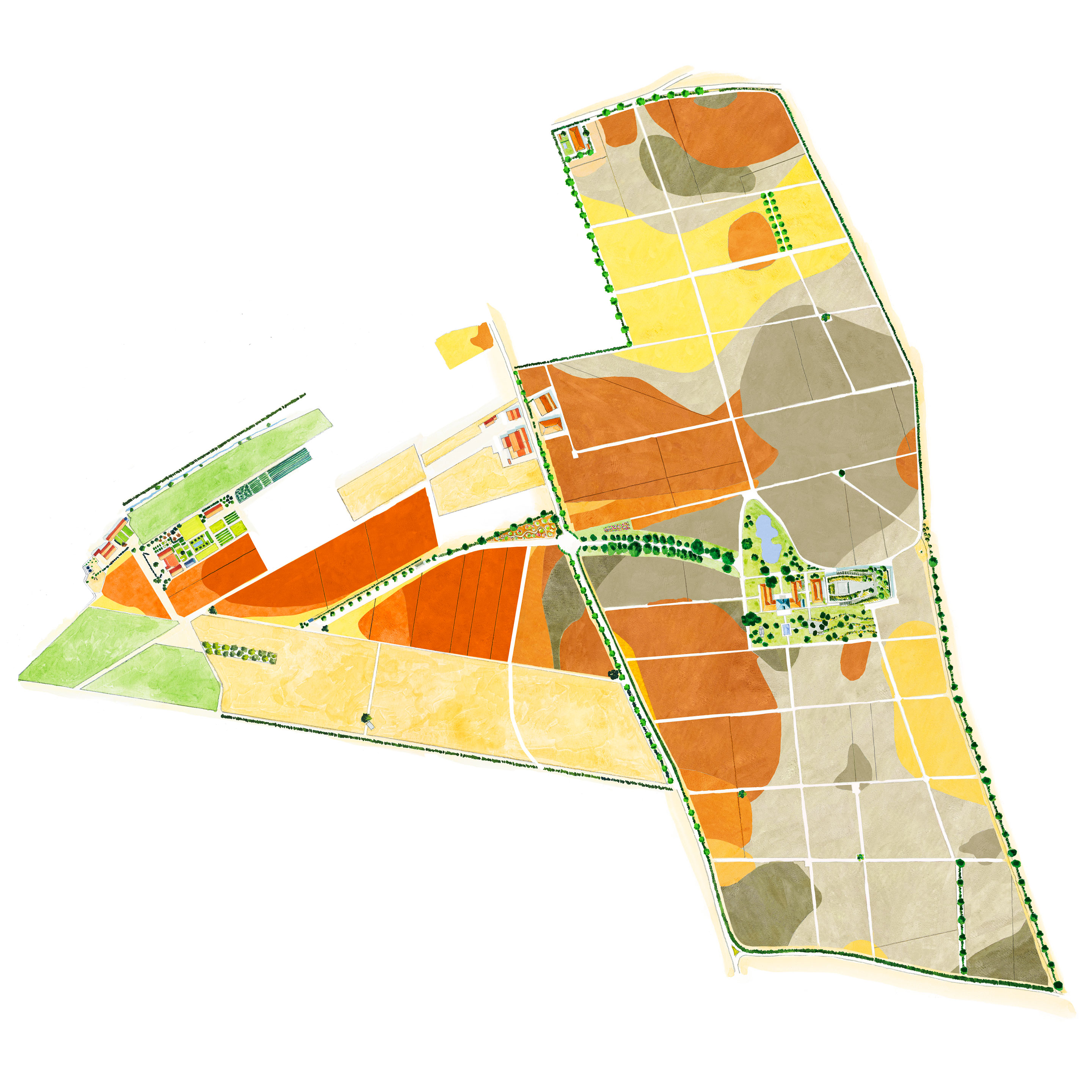









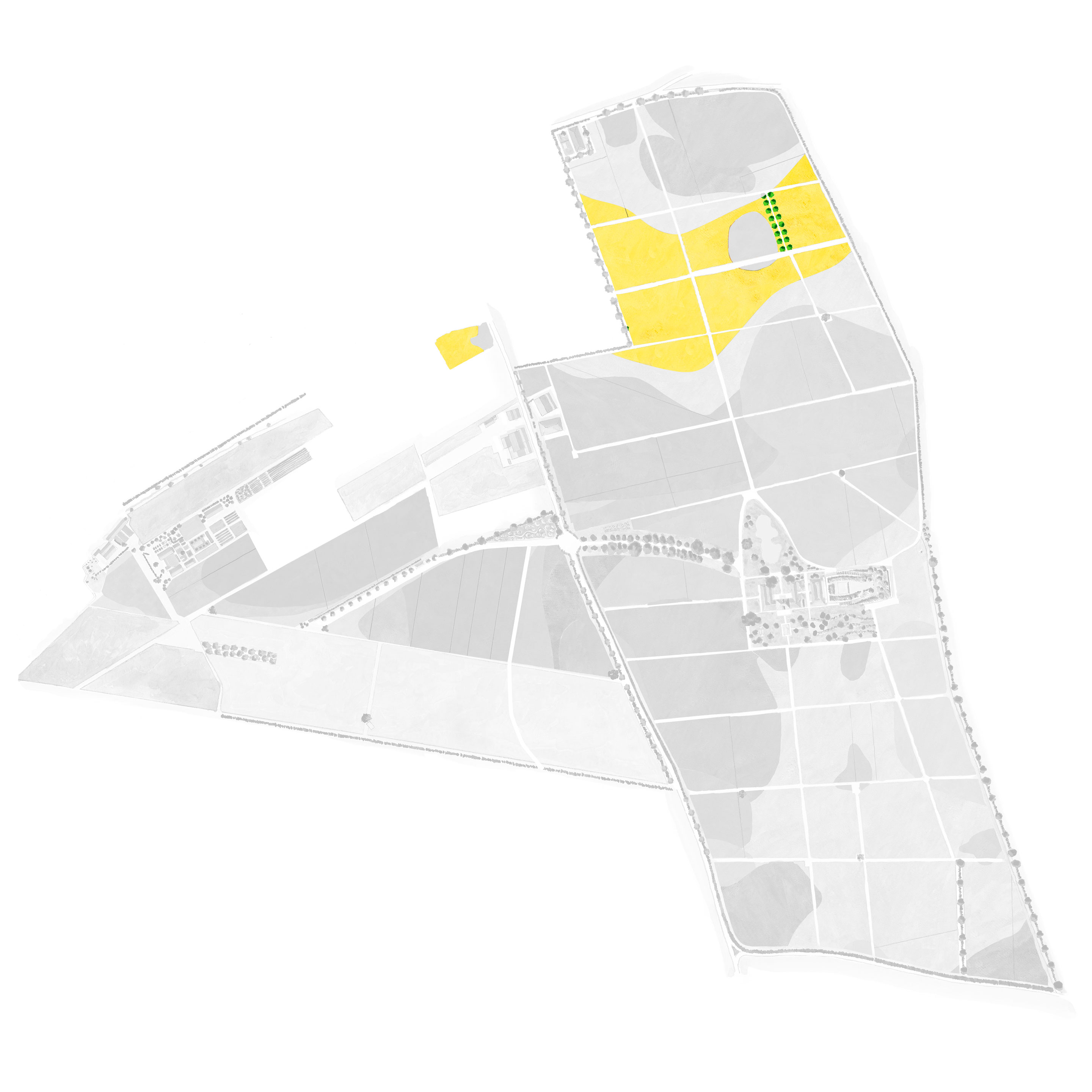



Château Cheval Blanc in 2023
-
Cabernet franc
-
Merlot
-
Cabernet sauvignon
-
Malbec
Le Petit Cheval – white wine
-
Sauvignon blanc
-
Sémillon
Château Cheval Blanc
Parcelle 11A - Les 2 journaux des Argiles
-
Plantation
1952
-
Prod. réelle
1,8638
-
Prod. cadastrale
2,0010
-
Grape variety
Cabernet franc
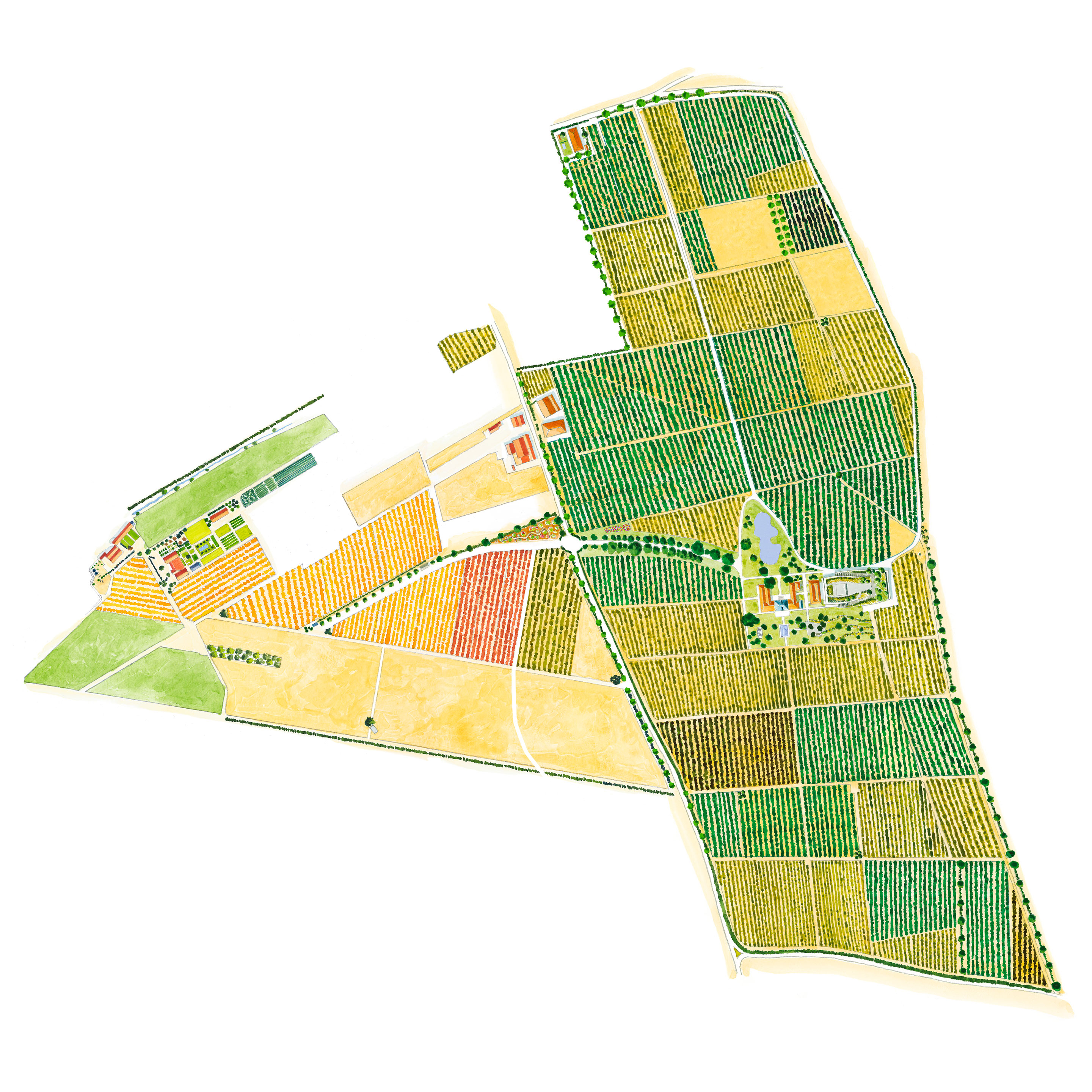
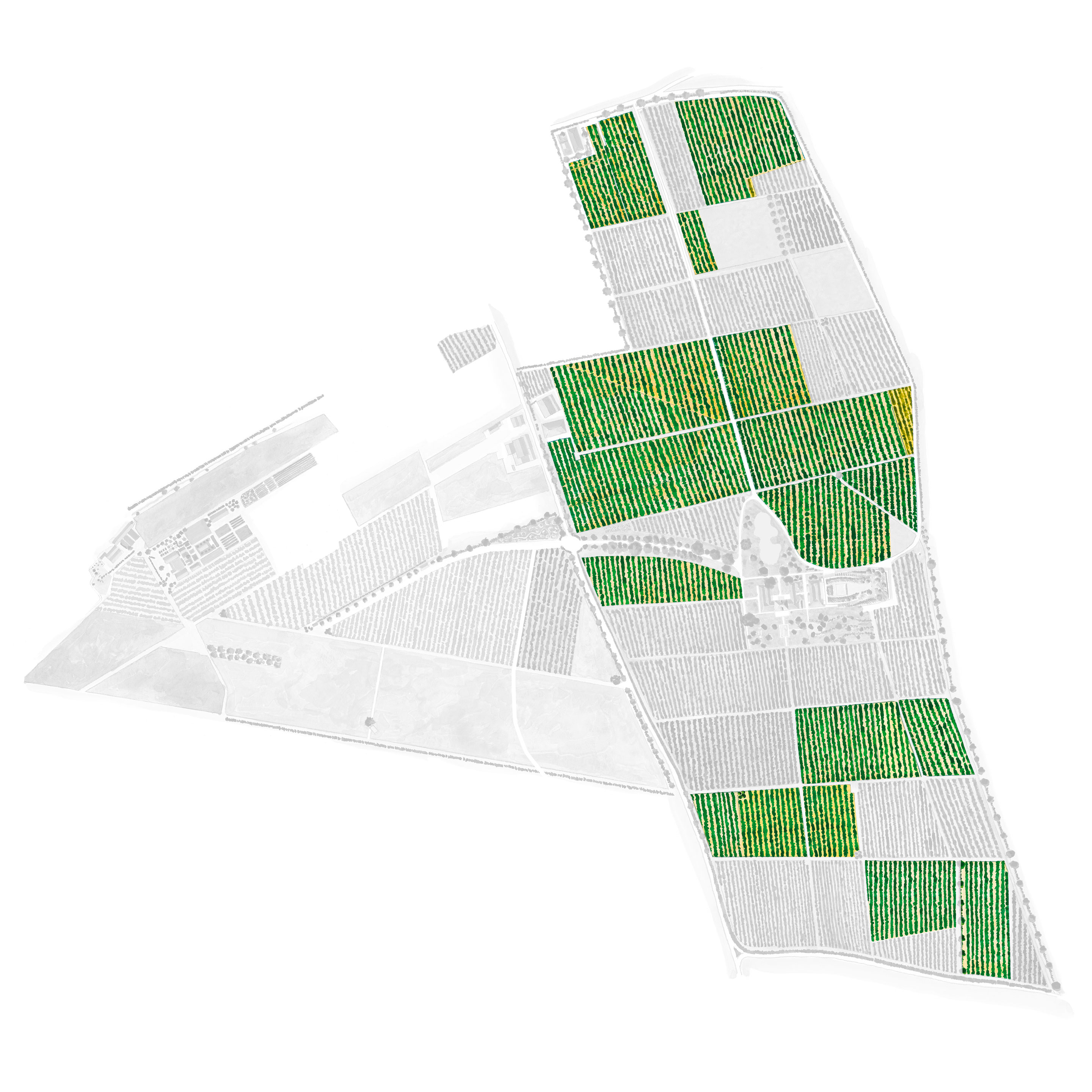
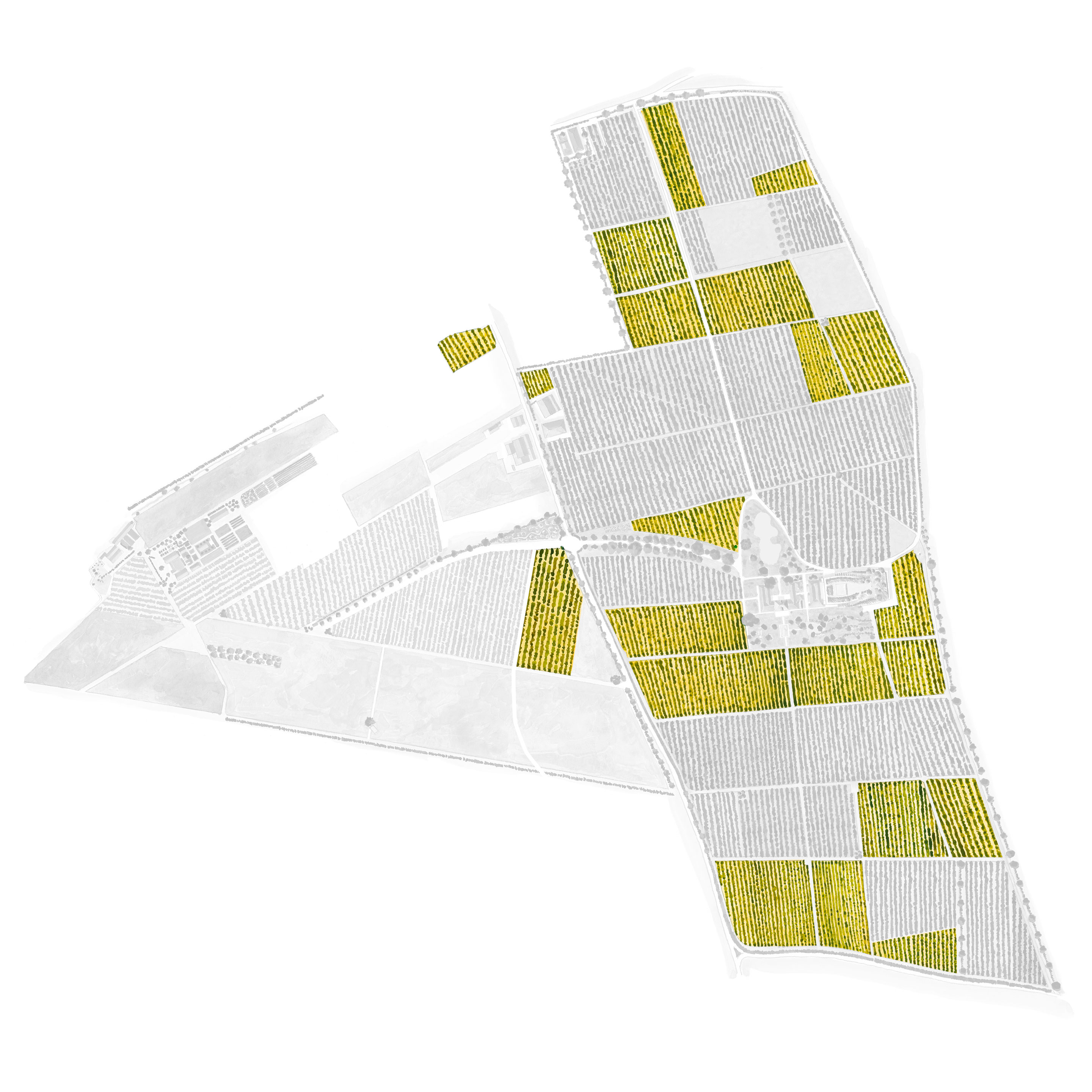

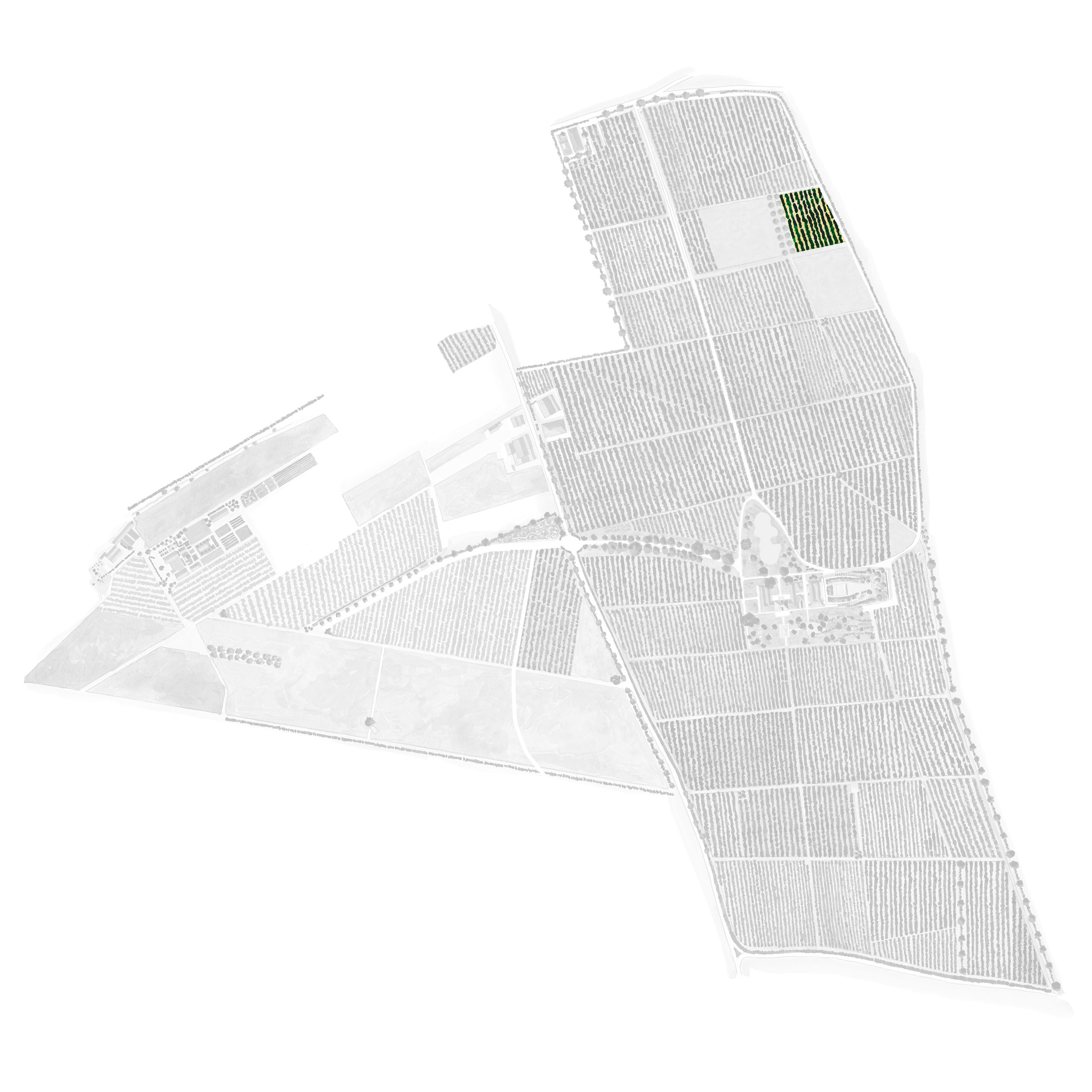
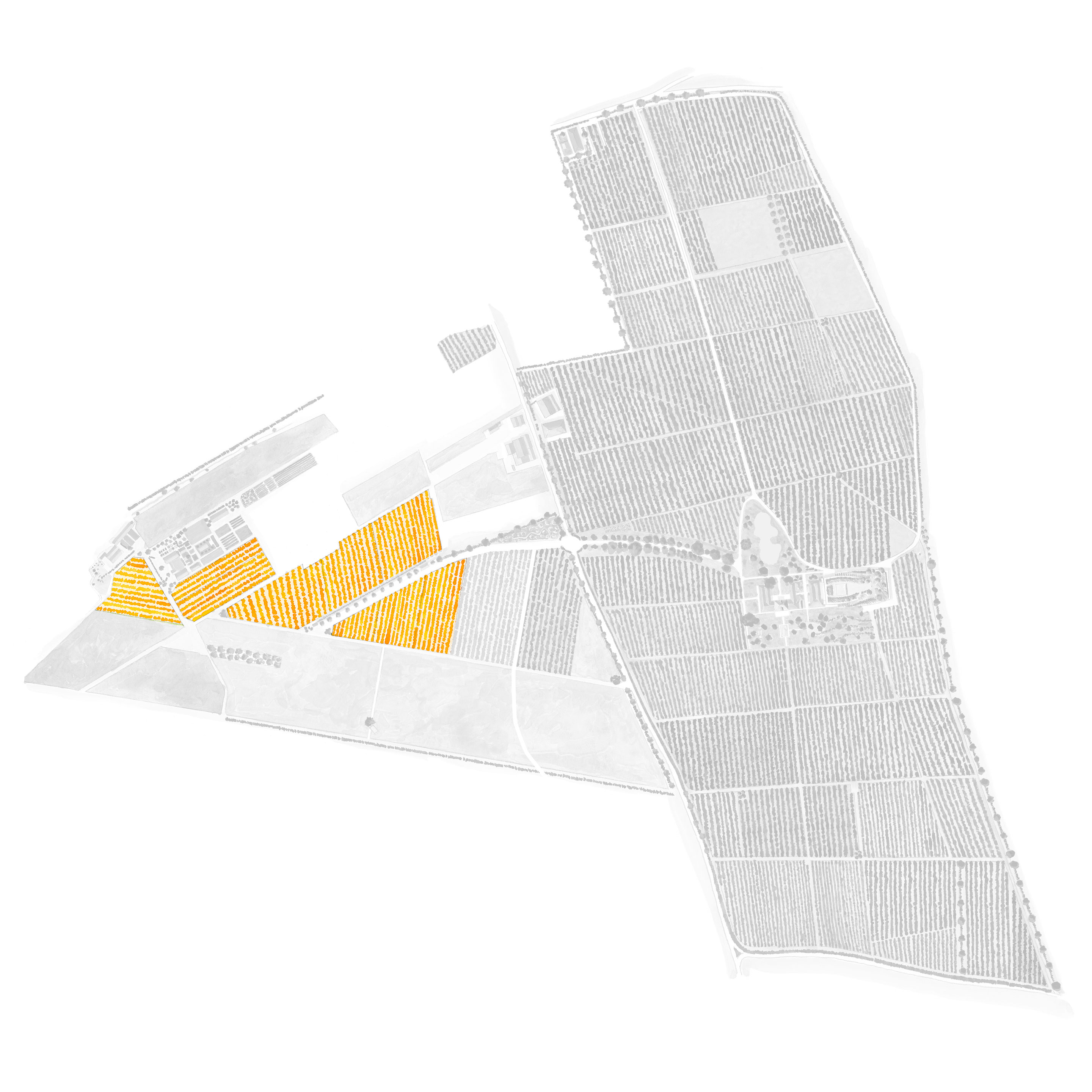
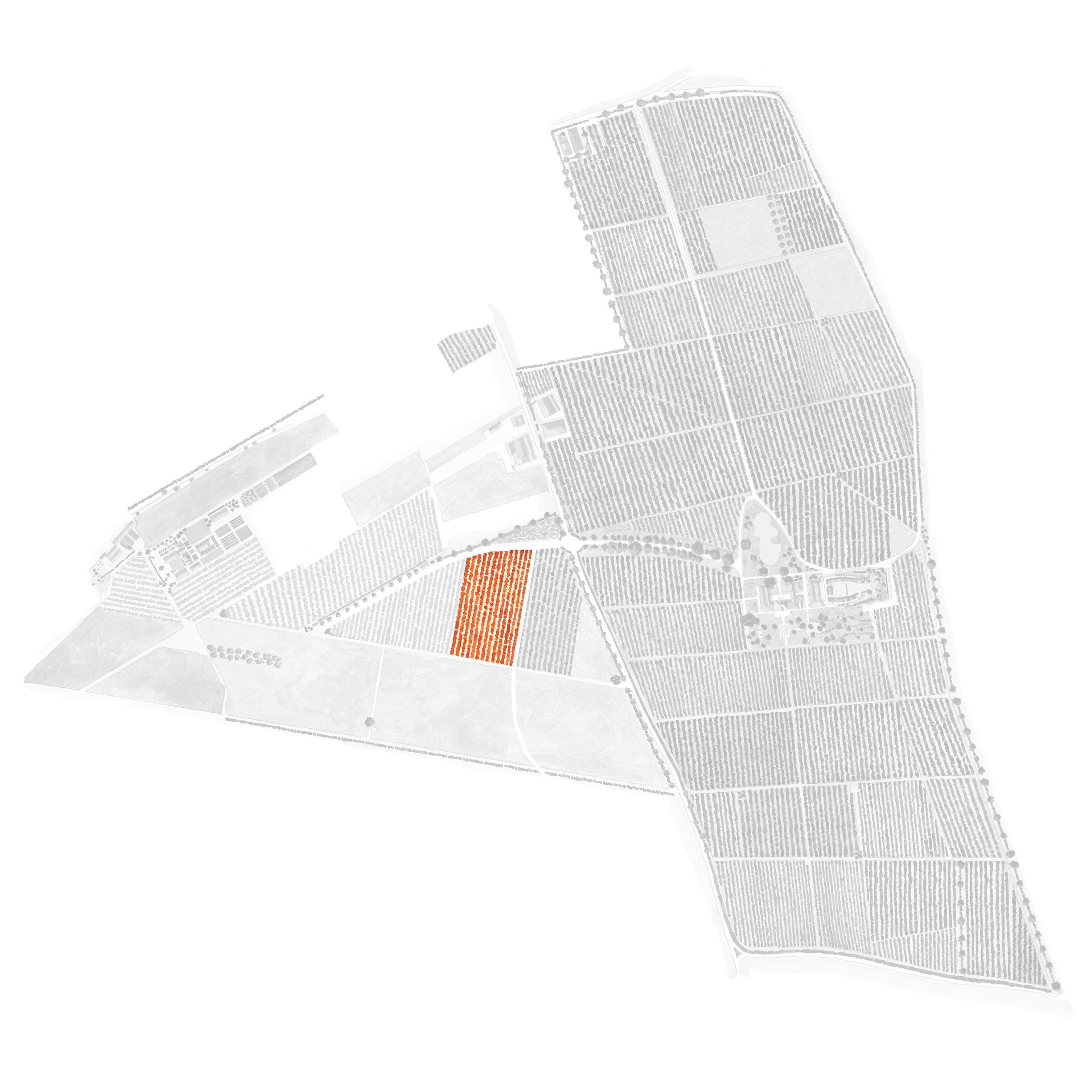
Vintages from 2018 to 2022
Select a vintage
























